Brushes are tools that feature bristles. These bristles allow them to complete applications such as painting, industrial cleaning, and surface treatment.Different types of brushes span a variety of commercial and industrial operations, whether it is a simple broom or a power sweeper. Brushes are utilized for functional and cosmetic maintenance operations by homes as well as various businesses. Read More…
Gordon Brush® is an ISO 9001:2015 certified manufacturer of standard & specialty brushes for the commercial, aerospace, military, medical & electronics industries.
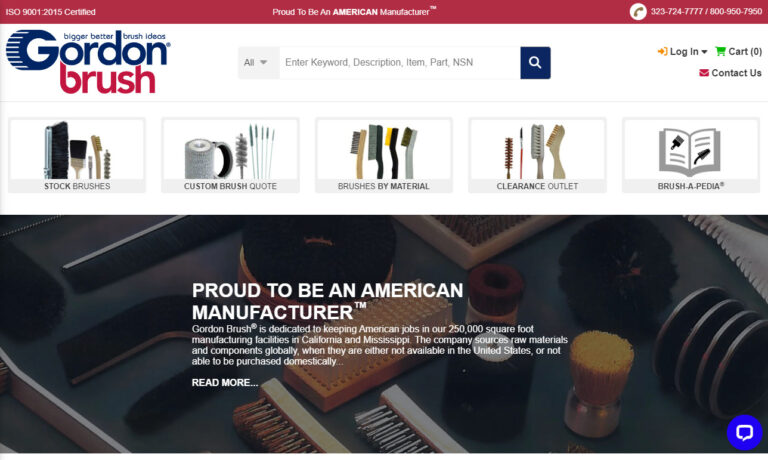
Spiral Brushes manufactures industrial brushes, custom brushes, power brushes, wire brushes, conveyor cleaning brushes, steel brushes, stainless steel brushes, brass brushes, nylon brushes, abrasive nylon brushes, and natural fiber brushes.
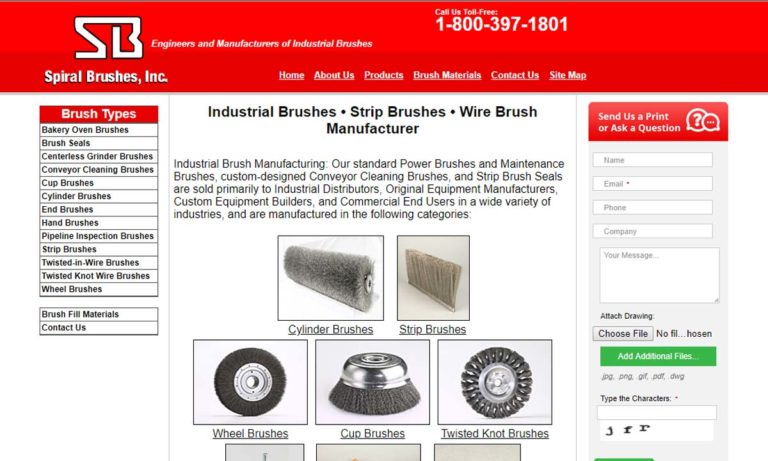
The Industrial Brush Co. is a provider of brushes. Since 1946, we have been committed to providing high quality brushes and customer service for a variety of industrial applications and marketplaces.
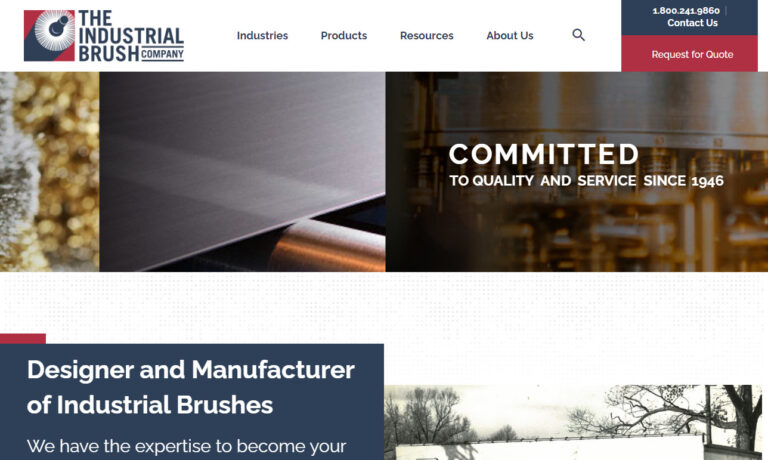
Justman Brush is an ISO 9001:2015 Registered Manufacturer centrally located in the United States. We manufacture brushes for a large variety of industrial applications for our customers in the industrial, aerospace, military, laboratory & scientific, medical and food service industries. With over 91 years of manufacturing experience, we have the American Quality, competitive pricing and short...
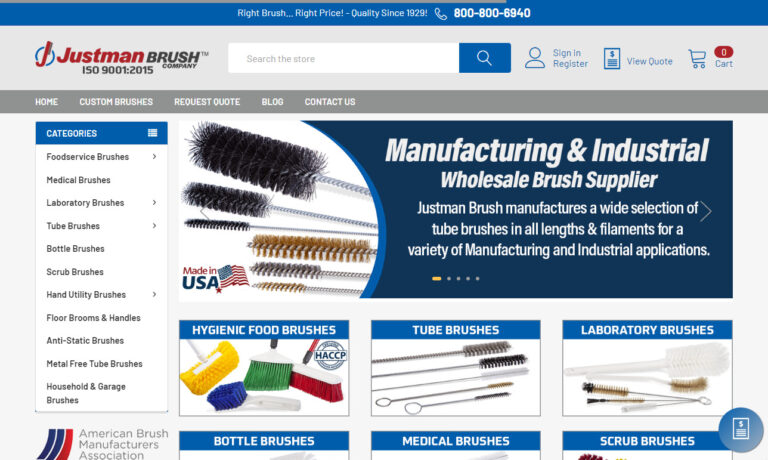
Precision Brush Company is an industry leader that has the technology, expertise and experience to satisfy all of your brush requirements.
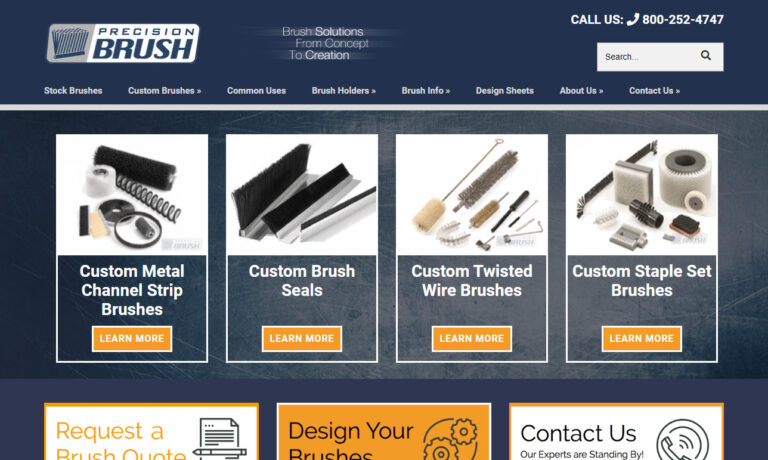
Braun Brush is committed to manufacturing quality brushes using a variety of methods. We offer convenient purchasing of the most extensive brush line available & a unique design-your-own brush service on the web.
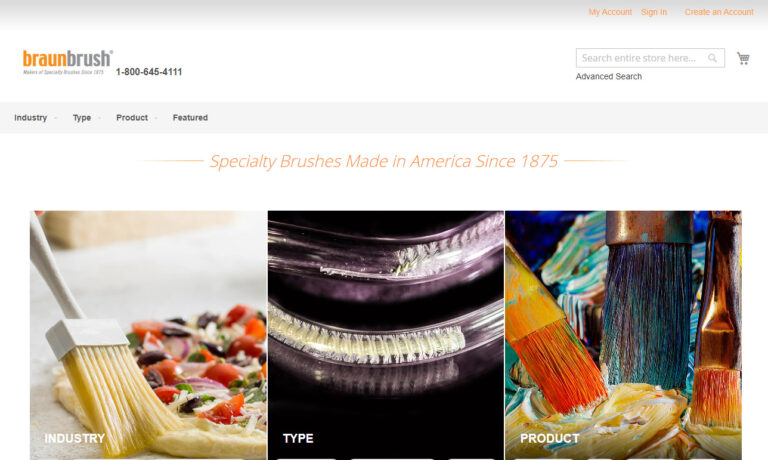
For over 30 years, Tanis has been a leading brush manufacturer. Tanis has put innovation to work in everything we do, using the latest technology, materials, manufacturing advancements and engineering expertise.
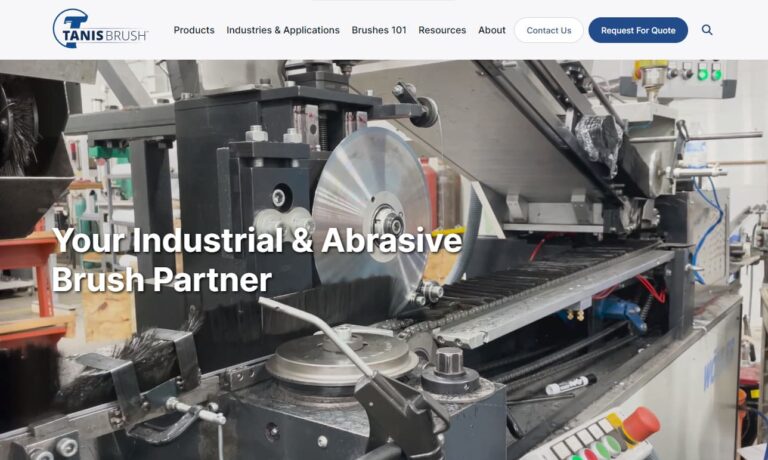
More Industrial Brush Manufacturers
They are especially useful to those businesses that manufacture metal, plastic, and wooden parts, because they are prone to producing a large amount of debris.
The History of Industrial Brushes
Brushes have been in use since at least around 2,500,000 years ago, during the Paleolithic Period. At that time, people used them to apply pigment to cave walls. Some of the earliest evidence we have of this comes from the Cave of Altamira in Spain and the Rouffignac Cave in France. The latter is famous for its 224 animal depictions, which are mainly mammoths, bison, and horses. A little later down the line, Egyptians used brushes in their tomb paintings. Also, the ancient Chinese wrote and painted using long-tip brushes with bristles made from animal hair.
As long ago as 3500 to 3000 BC, Egyptians and Babylonians were brushing their teeth using toothbrushes they made by fraying the ends of sticks. It wasn’t until around the fifteenth century that, thanks to the Chinese, people began using toothbrushes with bristles.
Another important role of brushes throughout history was grooming. Over the years, hair brushes and brushes for horses have been an important fixture. In 1777, William Kent founded Britain’s first hairbrush manufacturing company, kicking off the age of mass brush production. Around 80 years later, in 1854, American Hugh Rock received the first hairbrush design patent in the USA. Then, in 1898, a woman named Lyda Newman patented her invention of a hairbrush made with synthetic bristles. She was only 23 when she received this patent. Ms. Newman, ever a force, followed that invention with the invention of brushes with detachable handles.
As soon as technology made it possible, manufacturers began making brushes that could spin with the assistance of electricity. For example, early floor vacuum cleaners, which were made in the early 1900s, worked using a combination of vegetable fiber bristle brushes and electric power. Today, power brushes can spin faster, longer and with more force than ever.
Modern brushes are available in an incredibly wide range of materials, so they have a great scope of abilities. As demands for brushes evolve, we expect that the variety of materials used to create custom brushes will continue to develop.
Design
Materials
A brush’s performance depends greatly on coarseness, material type, and filament density of the brush’s bristles. Brush manufacturers have at their disposal countless bristle materials, including nylon, polypropylene, horse hair, nickel silver, titanium, copper, bronze, brass, steel, stainless steel, and more.
Every bristle material offers something different. For examples, brushes with nylon bristles may be used in food processing applications such as cleaning fruits and vegetables. Numerous types of strip, cylinder, maintenance, and cleanroom brushes can be made from natural fibers such as horse hair, or synthetic materials such as nylon or polypropylene. Meanwhile, metal wire brush bristle can be made of nickel silver, titanium, copper, bronze, brass, steel, or stainless steel. When manufacturing power brushes, manufacturers sometimes substitute wire filament with abrasive nylon embedded with a mineral grit.
Common handle materials include plastic, rubber, wood, copper, and aluminum.
Considerations
Before manufacturing a custom brush, contract manufacturers choose to design the custom brush with details that will best serve your application. They consider design factors such as brush type, bristle material, bristle shape, bristle thickness, handle design, and handle material.
Brush manufacturers choose which type of metal material to work with based on the material’s conductivity, abrasiveness, and resistance to corrosion. They also think about how easily the metal can bend. They choose non-metal bristle materials based on their density, texture and durability. To make your brush work better for your application, manufacturers often crimp metal brush filaments. Doing so ensures that the brush will continue to cut effectively as its bristles wear. They also often knot-twist wire bristles or encase them in a semi-hard polymer. In the right setting, this action makes brushes more effective. Another important thing to consider in choosing the right bristle material is how easily it can bend, since some metals bend more easily than others.
Features
All brushes consist of a collection of bristles mounted to a surface. Although all brushes share these characteristics, they differ according to structure, composition, and the applications for which they are used.
Types
Brushes are manufactured in countless configurations. There are so many brushes out there that we can divide them into groups. These groups include material removal brushes, applicator brushes, and specialty brushes.
Material Removal Brushes
Material removal brushes are those brushes used to clean, polish, or surface treat surfaces. They can be found in a wide range of industries. Examples of material removal brushes include bottle brushes, strip brushes, metal wire brushes, wheel brushes, spiral brushes, cup brushes, power brushes, and brooms.
Bottle brushes can be used for cleaning objects that would be difficult to clean with larger brushes, such as machinery and bottles. Filaments that are found in wire-tube or bottle-cleaning brushes are typically made of metal or nylon.
Strip brushes are abrasive brushes with bristles arranged in a long strip. They can be used as either cleaning tools, or mechanisms that seal off the spaces between doors and door frames. The bristles of strip brushes are composed of nylon, a synthetic material that is strong, durable, and abrasion-resistant.
Metal wire brushes are used primarily for heavy duty surface treatment, like parts cleaning, surface brushing, and surface deburring. They are especially useful when combined with wheel brushes (wire wheel brushes). Metal wire brushes come in both handheld and machine operated varieties. Heavy duty scrubbing applications often involve the use of handheld metal wire brushes, while the machine operated metal brushes are better suited for treating a surface.
Wheel brushes, or cylinder brushes, consist of a circular base or core and wire bristles burrowed in holes that have drilled into said core. Their bristles are usually wire. Most often, they’re used in the continuous brushing, scrubbing or cleaning of industrial surfaces. They can be attached to mechanisms that spin the brushes around at a high speed, enabling the brush to perform surface treatment much more efficiently.
Spiral brushes are quite similar to wheel brushes. They too can be attached to equipment for high speed spin cleaning. Most often, these small brushes are used to clean tubes, pipes, and bottles.
Cup brushes are round brushes with bristles on the edges of their shallow, hollow middle section. They are usually roughly the depth of a short drinking cup. Cup brushes can be designed for light duty or heavy-duty applications. These include paint removal, dirt and debris removal, scale removal, deburring, rust removal, and polishing.
Power brushes, sometimes called machine brushes, are machine-powered brushes that work at variable speeds. Typically, wheel-shaped, they carry out tasks such as rust removal, gear cleaning, paint and coating removal, metal deburring, and surface prep.
The filaments of wheel, cup, and power brushes are typically crimped to prolong its performance even as the rest of the brush wears down. Their bristles can also be encased in a semi-hard polymer and knot-twisted, thus boosting the brush’s cutting action.
Brooms are the most widely used variety of brush in the world, and its variations can be found in countless businesses and homes. Regardless of how clean a place can be, dust accumulation will always be a problem. Therefore, brooms are utilized to keep accumulation of dust to a minimum in order to maintain workspace appearance and keep them clean.
Applicator Brushes
Applicator brushes are used to apply substances, such as paint or sealant, to a surface. Examples of applicator brushes include artist brushes, paint brushes, and cosmetic brushes.
Artist brushes can be used from detailed cleaning to painting and can be equipped with sable hair or synthetic bristles.
Paint brushes are brushes used to apply paint. They are available in a wide range of sizes, with different handle types, bristle materials, bristle textures, bristle thicknesses, and bristle lengths. This variety enables users to accomplish all styles of painting at different levels of efficiency and precision.
Cosmetic brushes are any brush tools used to apply makeup or other cosmetics. Examples include brow brushes, mascara brushes, and nail polish applicators.
Specialty Brushes
Specialty brushes are those brushes with special qualities used for specific processes. Common types of specialty brushes include conductive brushes and tin acid brushes.
Conductive brushes, also known as ESD cleanroom nylon static dissipative brushes, are used for functions such as static elimination. They are also used for parts cleaning of sensitive electronics.
Tin acid brushes are brushes used during soldering, when manufacturers encounter acid and/or mucilage. They feature a tin handle and extremely stiff black horsehair bristles.
Advantages of Industrial Brushes
The use of push brooms alongside vacuum cleaners and a ventilation system can help greatly improve workplace safety, and thus increase productivity. Brooms serve the same exact purpose in homes, which are just as important to keep clean and sanitary.
Brooms can contribute to the overall success in a company, as workplace cleanliness and safety plays a role in overall productivity.
Accessories
Depending on their configuration, brushes may accommodate a number of useful accessories. Examples include extension rods, brush arbors, brush holders, mounting hardware, brush bridles, hose attachments, and wire wheel brush adaptors.
Proper Care for Brushes
When properly cared for, industrial brushes can last a long time. Proper care consists of a few different things. First, if you are using an applicator brush, you should clean it as soon as you are done using it. If you allow substances like paint to dry on your brush, it will be much more difficult to clean. In fact, allowing substances to dry on your brush may even ruin it by changing its texture and flexibility. Another way to care for your brush is by only using it for the application for which it is designed. That way, it will not get overworked.
Standards
The standards to which your industrial brushes should meet depend on your application. For example, brushes used for industrial applications should meet ISO and OSHA standards. Likewise, brushes used for food industry applications, like pastry brushing, must meet FDA standards. For the best advice on the standard requirements your brushes should meet, talk to your industry leaders.
Choosing the Right Manufacturer
If it is your intention to purchase industrial brushes, we recommend you partner with a knowledgeable industrial brush company. This way, you will be sure to get the best brush for your application. Not all brush manufacturers offer the same quality of work or customer service. To make sure you avoid sub-par quality manufacturers, we’ve put together a list of industry leading manufacturers we trust. Check out their offerings by scrolling up. You’ll find their contact info and links to their respective pages sandwiched in between this information. Browse their pages in order to compare and contrast their services and products with what you need. Choose three or four manufacturers that appear to hold the most promise for you and reach out to discuss your custom application. Don’t forget to touch on your budget, timeline, and delivery preferences. Once you’ve spoken with each of them, decide which one is the right one for you. The right one for you is the manufacturer that can not only work within your budget but meet and exceed your expectations.
Check out our Brushes website

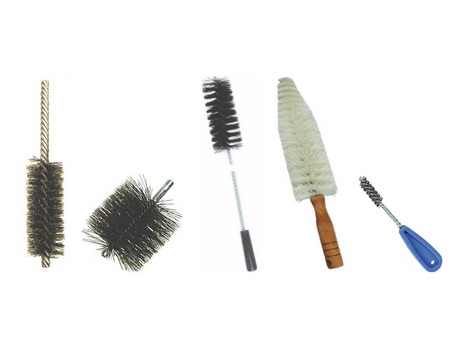
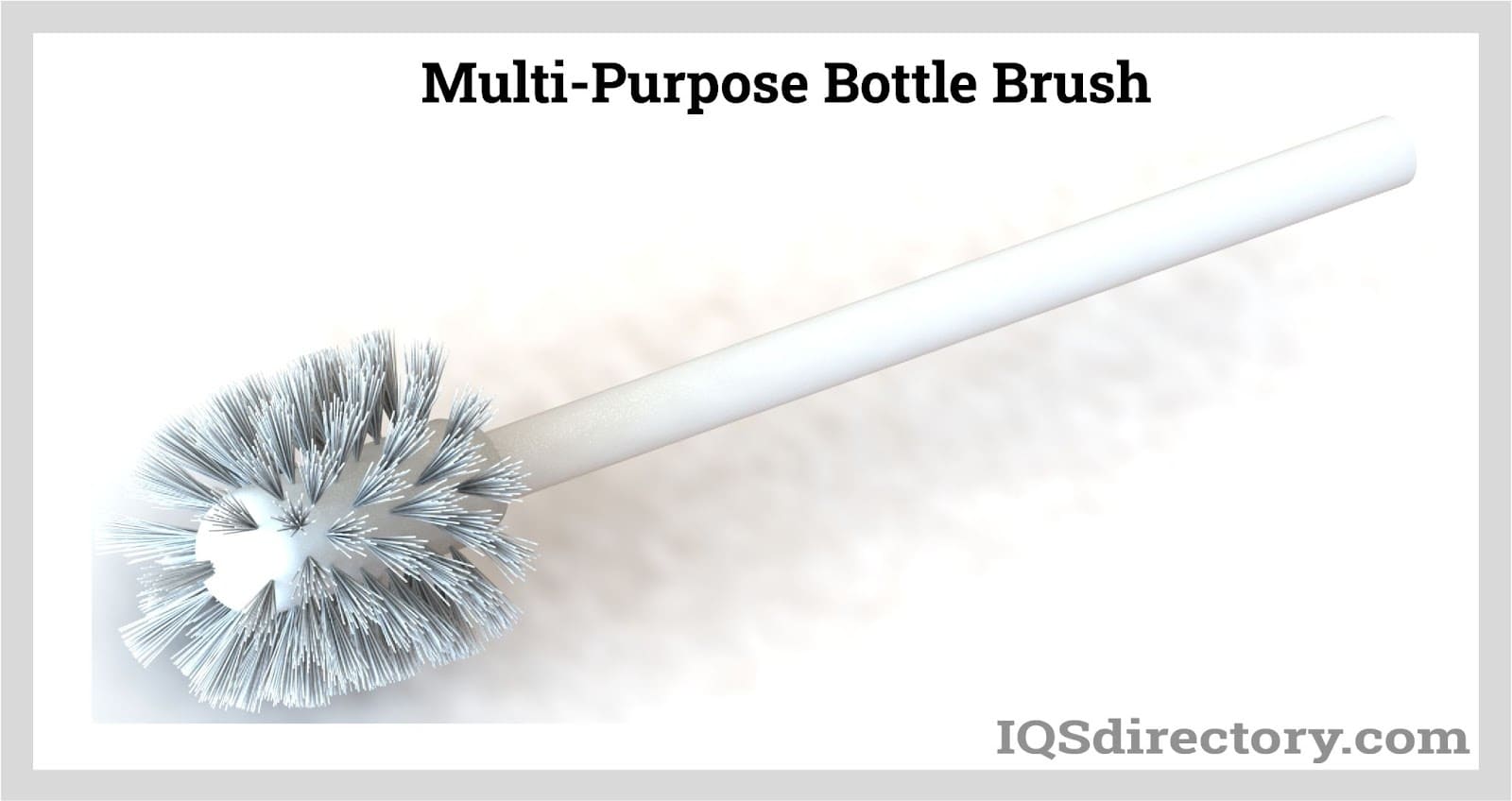
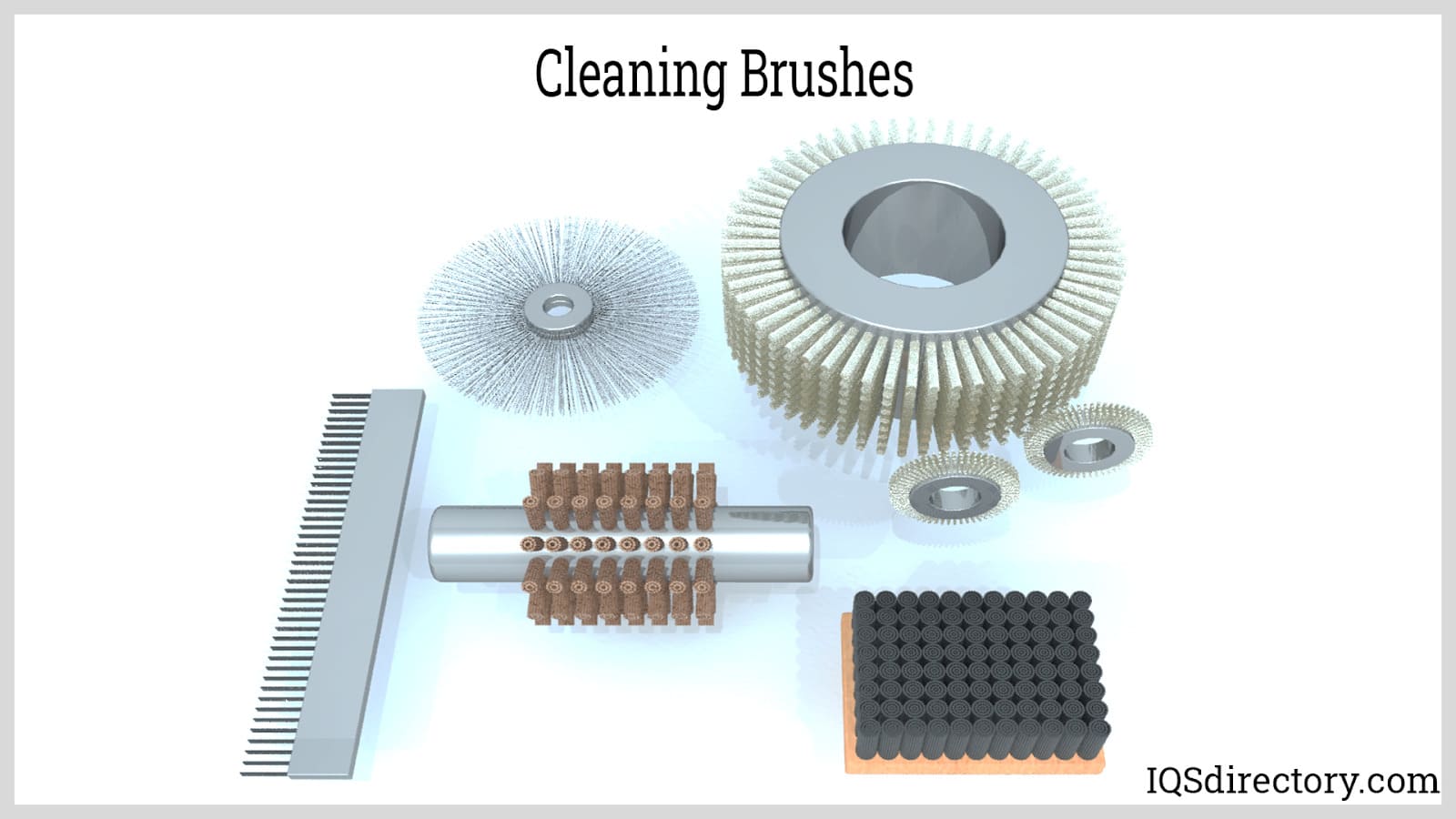
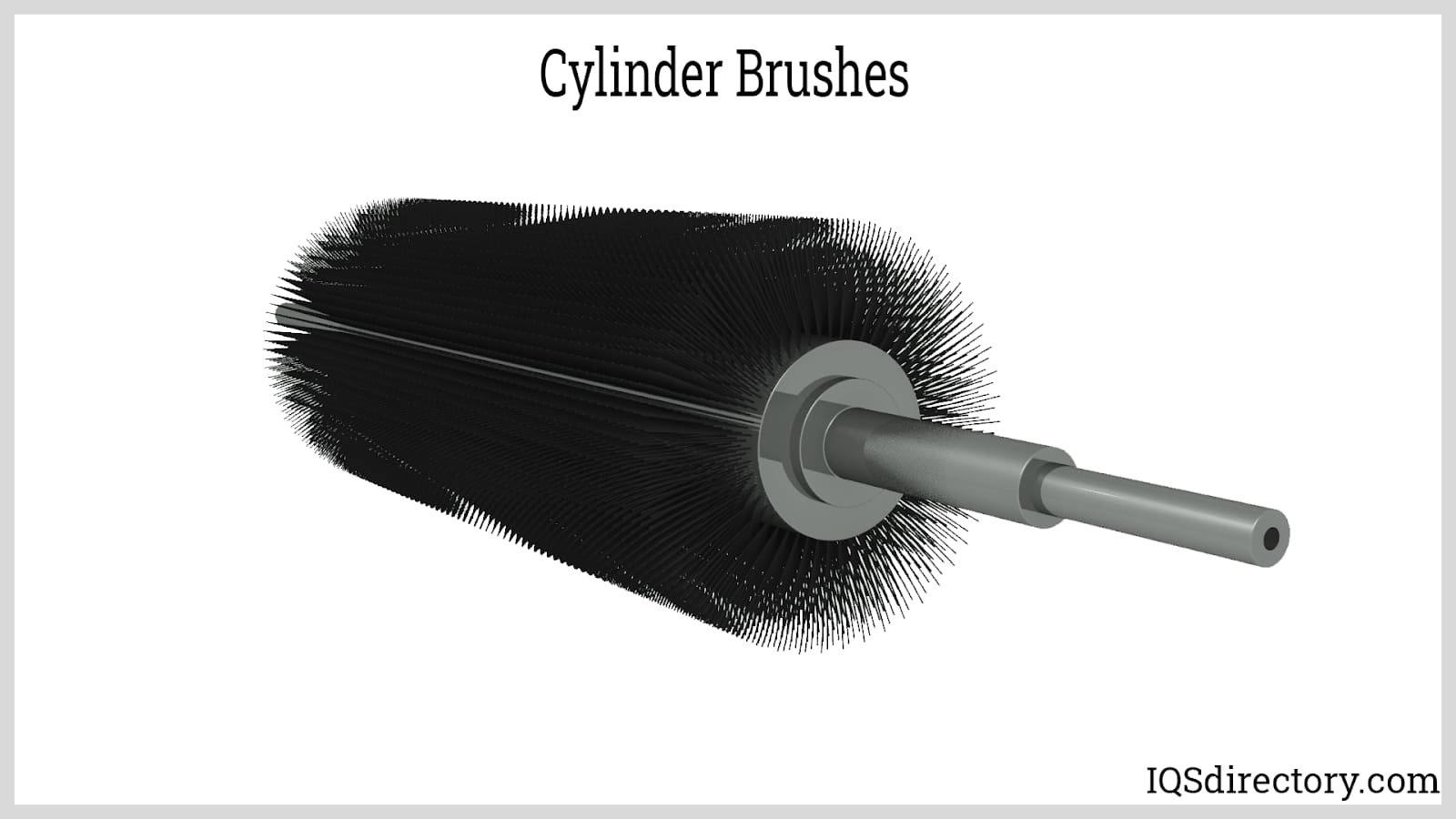
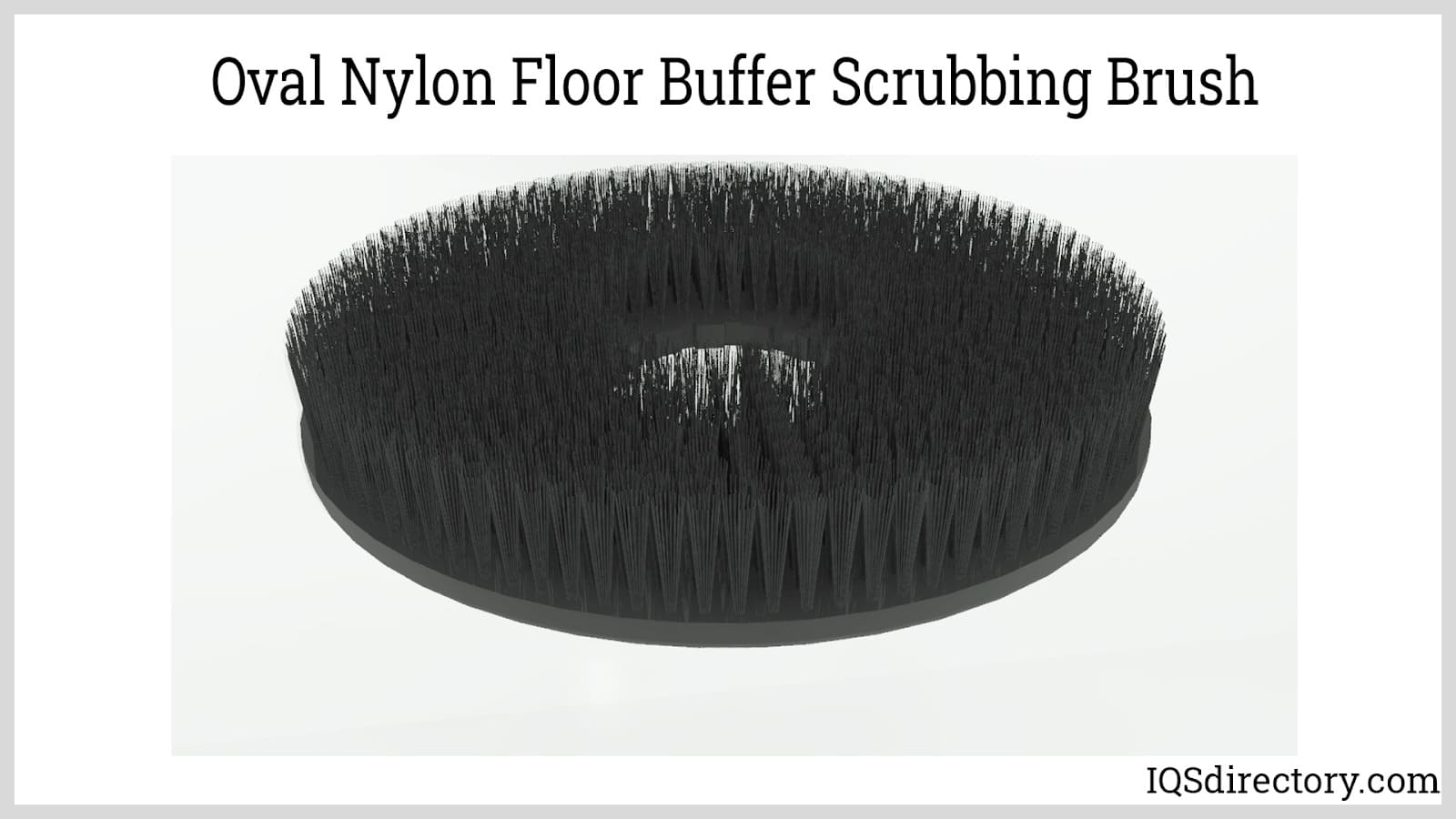
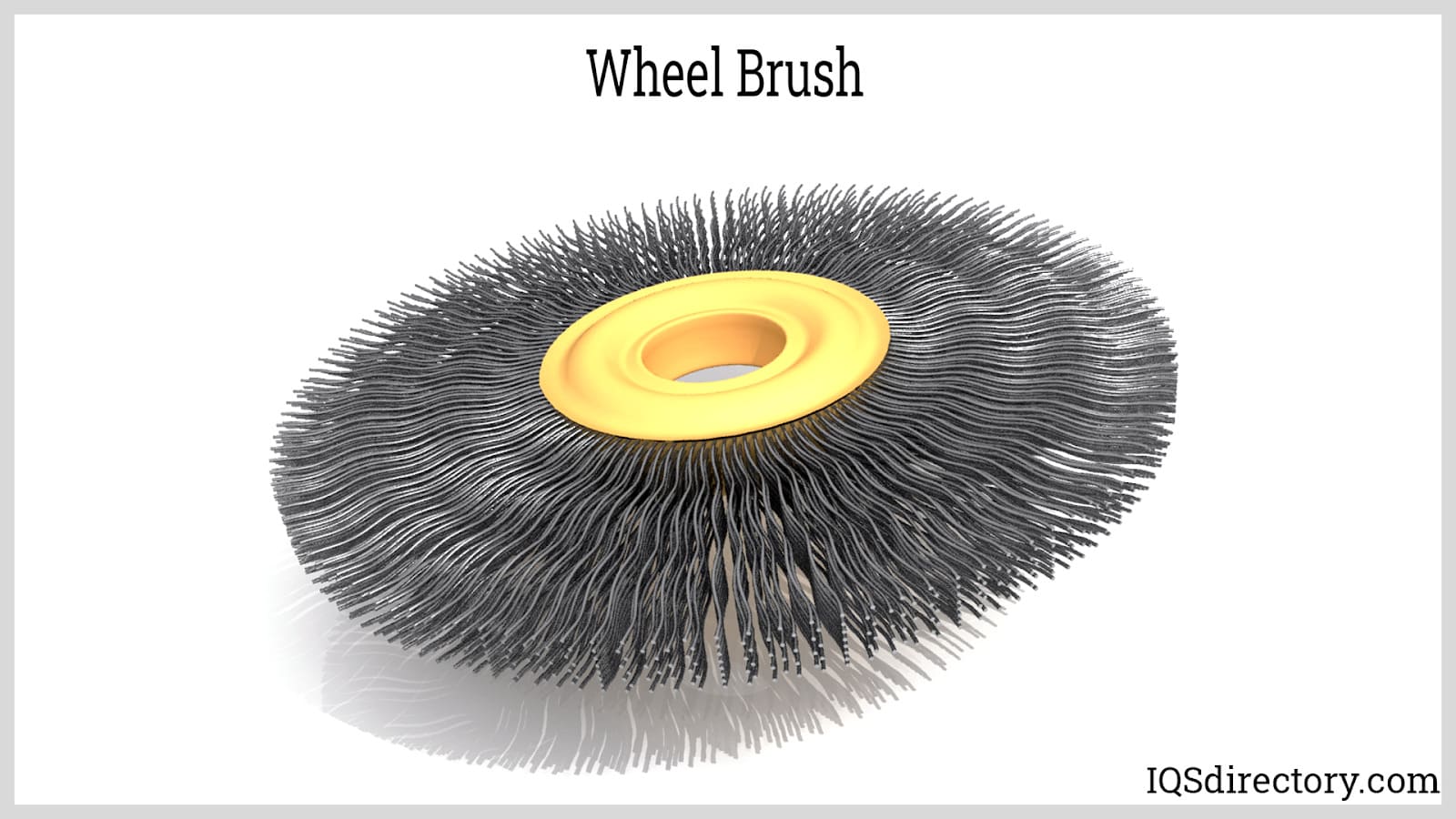
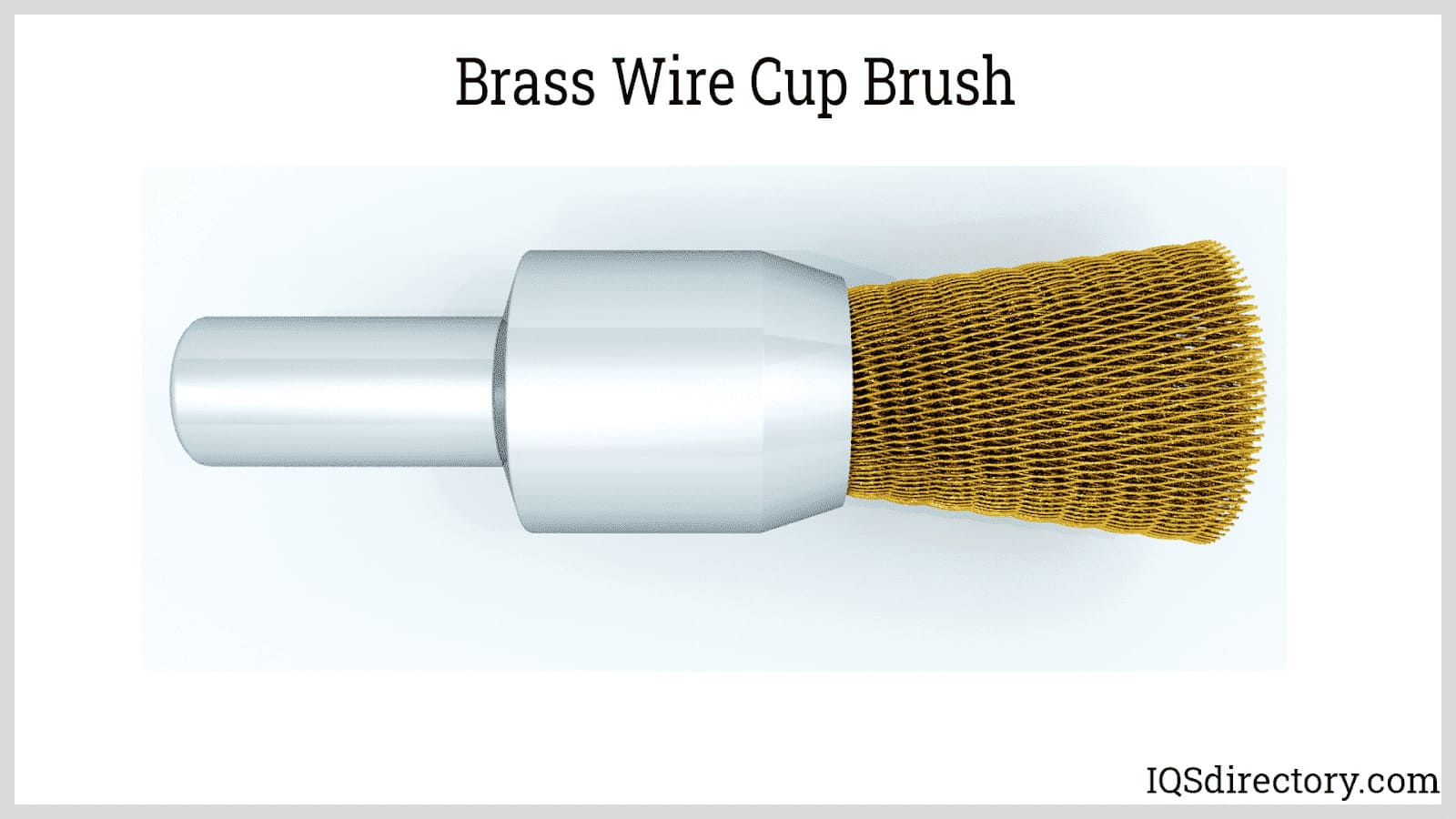

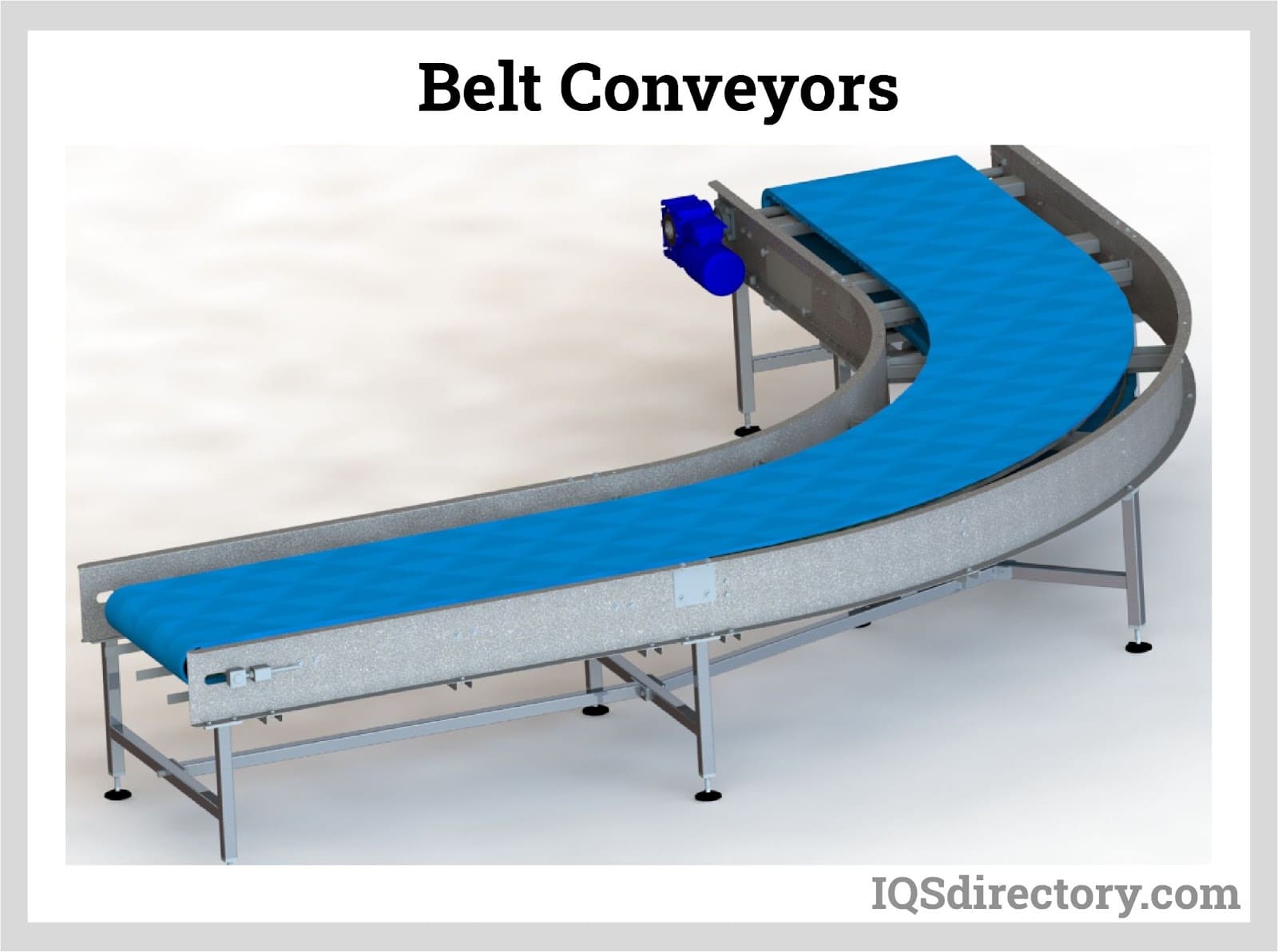

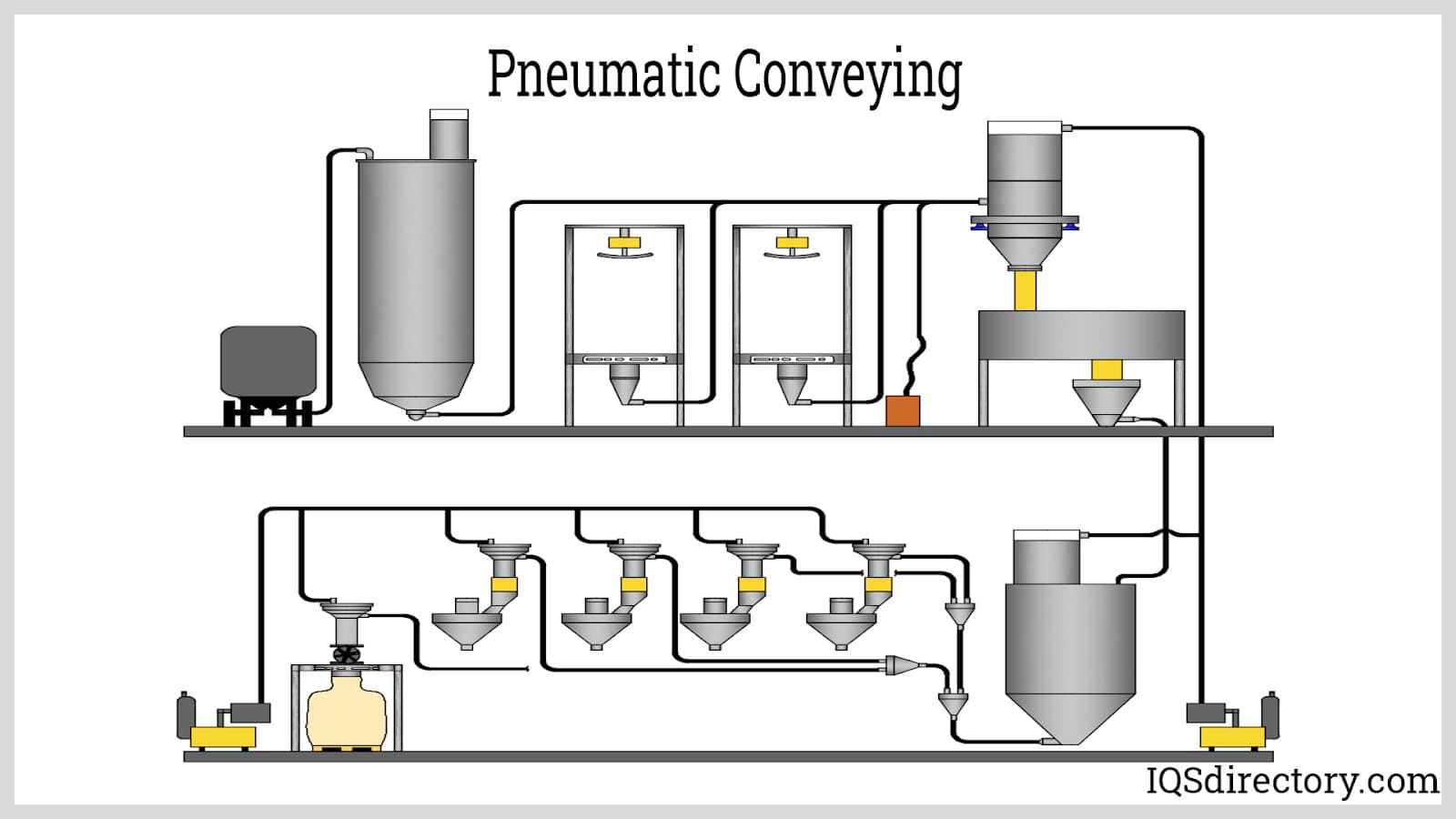
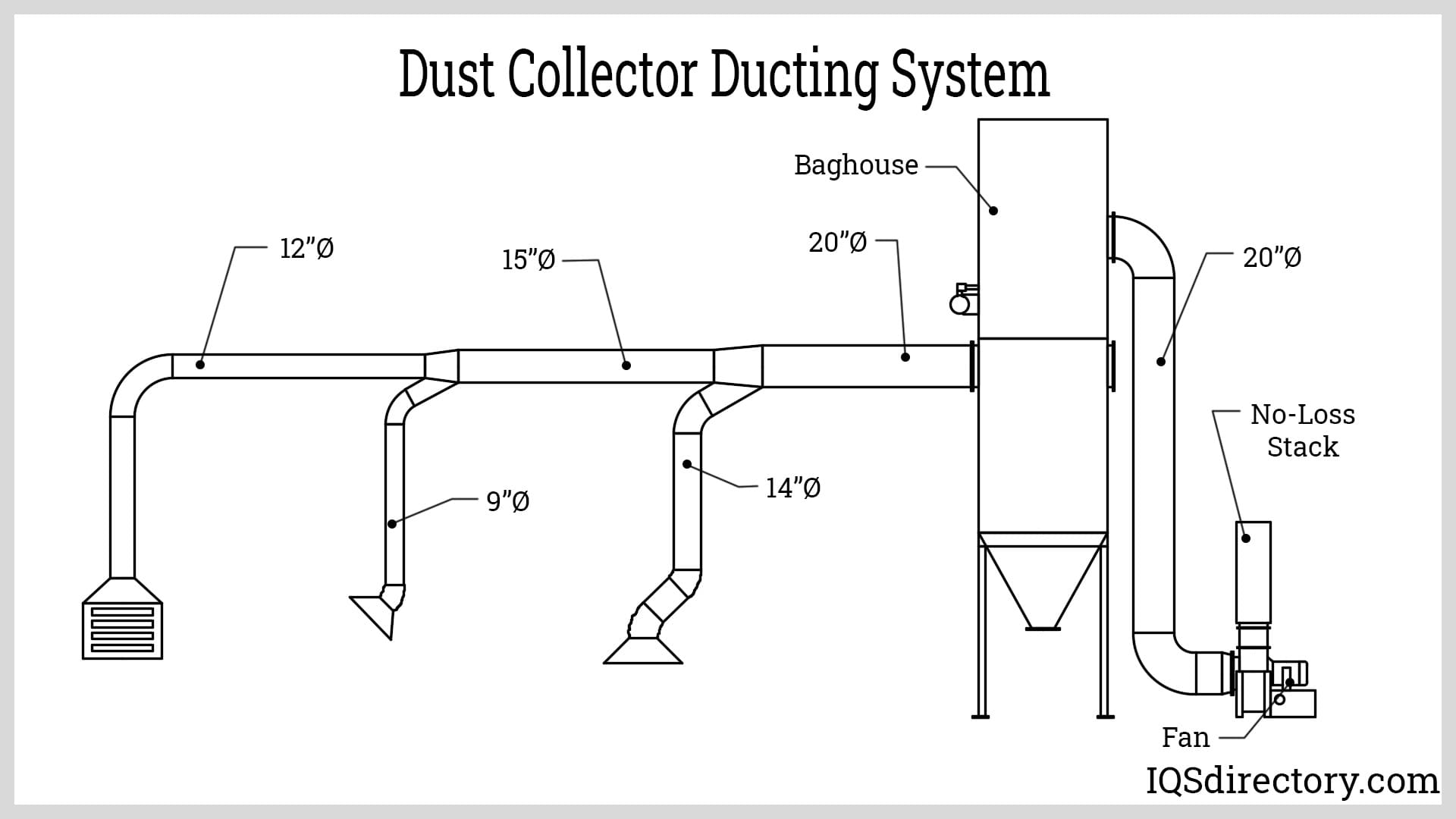
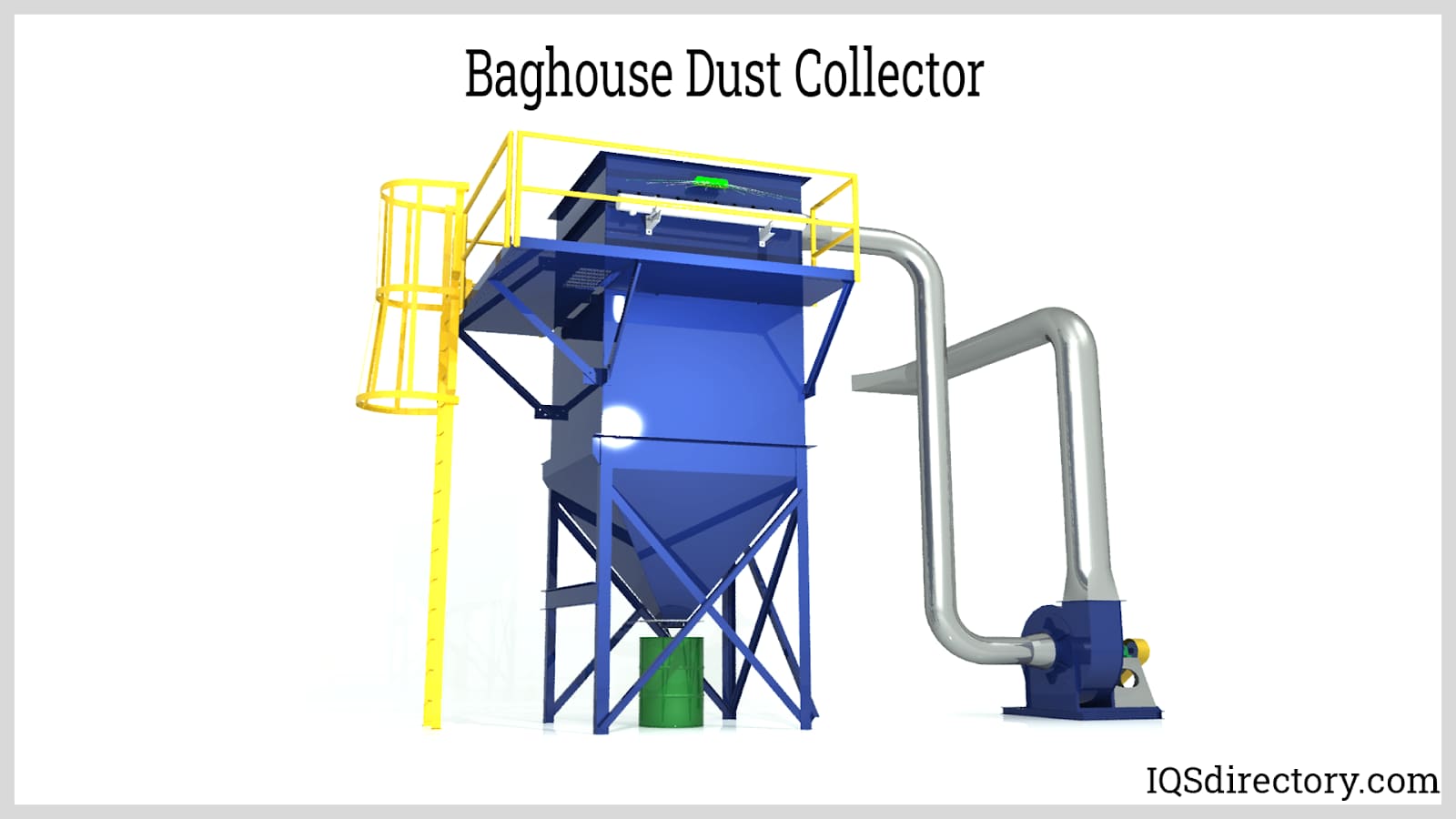
 Brooms
Brooms Brushes
Brushes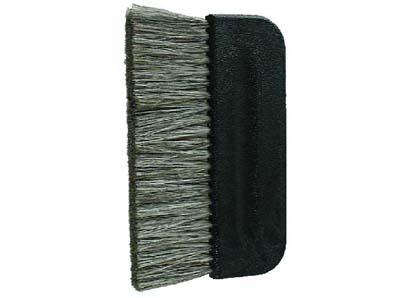 Static Eliminator
Static Eliminator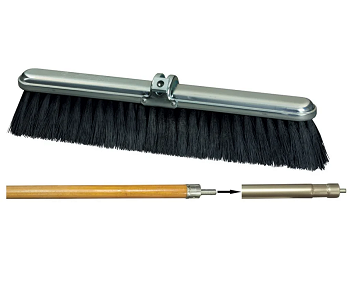 Sweepers
Sweepers Castings & Forgings
Castings & Forgings Bulk Material Handling
Bulk Material Handling Electrical & Electronic Components
Electrical & Electronic Components Flow Instrumentation
Flow Instrumentation Hardware
Hardware Material Handling Equipment
Material Handling Equipment Metal Cutting Services
Metal Cutting Services Metal Forming Services
Metal Forming Services Metal Suppliers
Metal Suppliers Motion Control Products
Motion Control Products Plant & Facility Equipment
Plant & Facility Equipment Plant & Facility Supplies
Plant & Facility Supplies Plastic Molding Processes
Plastic Molding Processes Pumps & Valves
Pumps & Valves Recycling Equipment
Recycling Equipment Rubber Products & Services
Rubber Products & Services